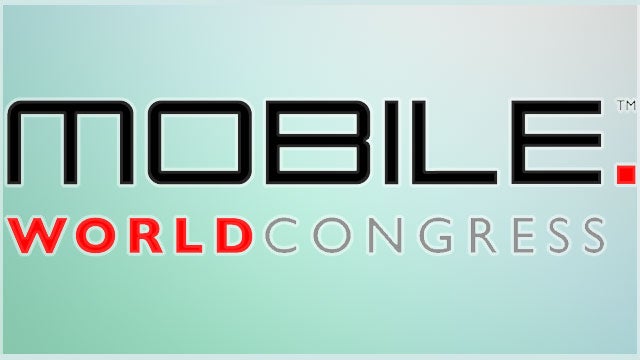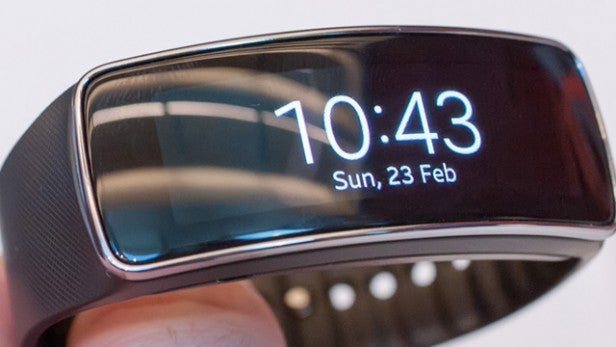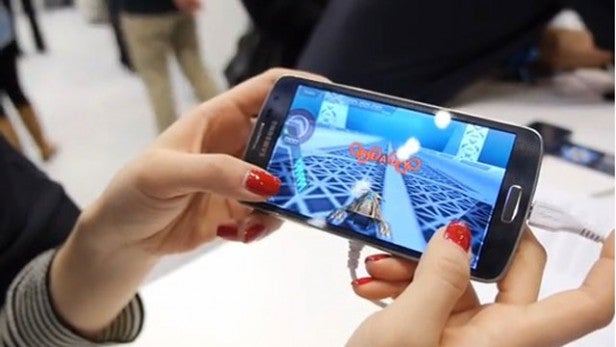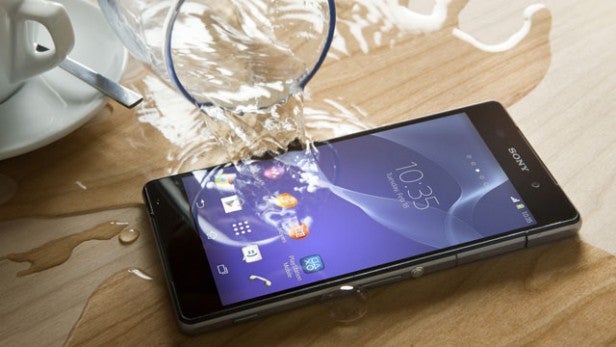The best and worst of MWC 2014

MWC 2014 in a nutshell
Mobile World Congress 2014 is the show that sees many of the year’s most important phones announced. Now that it is over, what did we learn from the mobile phone tech show?
It was an action-packed event with some of the massive launches we had ceased to expect from MWC. Not only did Sony announce its new flagship phone and tablet, the Xperia Z2 and Xperia Z2 Tablet, we were introduced to the Samsung Galaxy S5 as well. These are sure to be remembered as some of the top mobile devices of the year.
But what else did MWC 2014 have to show us? Here’s what was hot, and what was certainly not.
The Best of MWC 2014
Samsung Gear Fit The Gear Fit has most of what we look for in a smartwatch. Using a slick curved screen, it’s good-looking and functional in the right way. It also has a battery life of four days, which might – just about – be enough. Its brother the Gear 2 looks like a decent iterative step up too. It offers some of the Gear Fit’s improvements in a design closer to that of the original Galaxy Gear.
The Gear Fit has most of what we look for in a smartwatch. Using a slick curved screen, it’s good-looking and functional in the right way. It also has a battery life of four days, which might – just about – be enough. Its brother the Gear 2 looks like a decent iterative step up too. It offers some of the Gear Fit’s improvements in a design closer to that of the original Galaxy Gear.
 Tizen coming of age
Tizen coming of age
The Gear Fit runs Tizen, but there was plenty more to see from the OS at MWC. A Samsung phone prototype showed off the OS and it was smooth and slick – even if it looked very much like Android in a few places. Tizen OS is backed by both Samsung and Intel, so it’s no garden shed operation. Expect to hear more about it soon.
Super-cheap smartphones
While it won’t affect people reading this on a Galaxy S4,
the $25 smartphones shown by Mozilla at MWC 2014 could be truly transformational in
bringing the internet, and therefore cheap knowledge and communication,
to hundreds of millions of individuals across the globe.
The Internet of (even more) Things
The concept of IoT, or the Internet of Things, has been around for a while but has gathered momentum over the last couple of years. At MWC we saw even more of its potential with Qualcomm’s updated Connected Home demo and the open-source AllJoyn platform, which is designed to let all kinds of devices from cameras to fridges talk to each other.
Add to that Rambus’s camera. It’s tiny, costs pennies and could well become the ‘eyes’ for tomorrow’s smart devices. The possibilities just keep on growing
Open source and collaboration
Tizen, Android, Firefox, Sailfish, Ubuntu, etc. – the list of well supported open-source platforms keeps growing. And it can only be a good thing for the consumer. Smaller players like Jolla and Canonical can find their very own niches to fill and grow from there.
Stepping back from separate platforms, we have the AllSeen Alliance. It is a gang of major tech companies including HTC, Qualcomm and LG (and others) that is out to make sure we end up with smart devices that will all talk to each other – rather than just those of the same brand.
At the other end of the market is the HSA Foundation, setup by the big chipset manufacturers. AMD, ARM, Imagination, Qualcomm, MediaTek, Samsung and Texas Instruments are working together to ensure systems architectures are designed in the best possible way. We’re living in a time of real tech collaboration.
Sam Raimi explaining why sound is so important
Dolby’s panel discussion called “The Future of Mobile Entertainment” brought out one of the highlights of MWC 2014 – Sam Raimi. The softly spoken, yet extremely passionate and erudite director of the Spiderman and Evil Dead trilogy explained how important good sound is to film.
He says sound delivers emotion to the viewer, and with more of us watching on small screens it is important that mobile and tablet manufacturers continuously improve the sound their products deliver so that the director’s vision isn’t compromised.
The Worst of MWC 2014
Nokia goes Android
We all expected it to happen and it did. Nokia’s worst-kept secret came in the form of the Nokia X and the Nokia XL – a pair of Android-powered budget handsets.
Considering the imminent takeover by Microsoft it was either a ballsy or idiotic move, depending on your viewpoint. While the handsets are decent in their own right, we don’t get it. Why would someone want an Android phone with no Google Play, with software that looks like Windows Phone but isn’t as slick?
6-month product cycles
Several of this year’s new MWC gadgets arrive just six months after the things they replace. While both the Xperia Z2 and Gear 2 are undoubtedly better than their predecessors they’re only very marginally so.
We think launching a new flagship product less than six months before the first is a sure-fire way to alienate consumers and add to the confusion that surrounds buying tech.

We like the Xperia Z2 but think that it came out too soon after the Z1
7-inch “phones”
I think the title says it all. Super-giant phones are still not a good idea for the vast majority of people.
Where are all the Windows Phones?
While Microsoft was busy telling the world that Windows Phone is the fastest-growing smartphone OS, the MWC show floor free of high-profile new Windows phones. A new pricing system for OEMs may change all that but Microsoft needs to move fast so that it doesn’t get left behind.
MWC 2014 Summary
Aside from big exciting products like the Galaxy S5 and Xperia Z2, MWC 2014 showed that development in mobile isn’t just about new hardware. It’s about the way all things mobile will affect our lives – once the ‘smart home’ ideal really gets off the ground. Further away from home, new smartphones for emerging markets may spell the end for the ‘feature’ phone. However, the show failed to convince us that super-giant phones are the new must-have gadget.
Let us know which phone you’re most excited about seeing in the comments below.
Next, read our first impressions of the Galaxy S5


